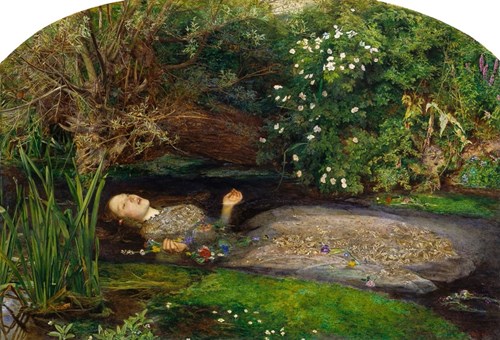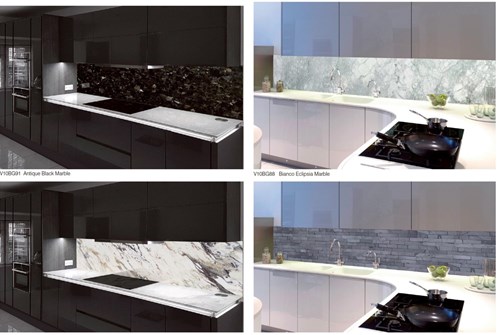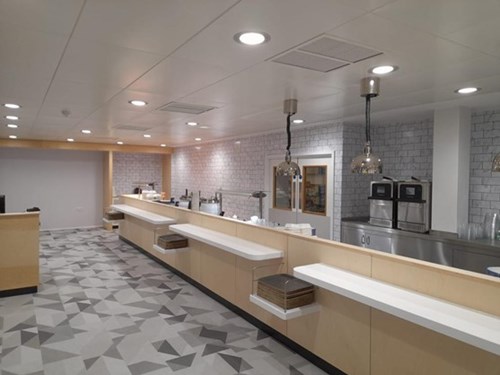
Breathing life into the world of ideas
What we can learn about inspiration and reducing CO2 – the key challenge of 21st century

iStock
“Aspire to inspire, before we expire”
Unknown
One of the problems with being a designer, a creator – an architect - is that it can’t always be contained in a nine to five job. Sometimes the idea, or the inspiration behind it doesn’t appear at will during the standard working day. It arrives on the walk to the bus or tube, in the shower, or musing whilst doing something unrelated.
The word inspire came into use during the 14th century, carrying the same meaning it has in English today: “to influence, move, or guide by divine or supernatural influence or action.” It originates, as do so many of our words, from a Latin root. Inspirare means "to breathe or blow into" and can be a powerful metaphor, the very breath of a divine or supernatural force being at work. (The irony that we breathe out Carbon Dioxide is, of course, not lost on us).
The ancient Greeks understood this aspect of the human condition and the nature of creativity. They attributed the gift of inspiration and its loss, to the capricious nature of the gods– in this case The Muses. Nine of them, covering art, music poetry, literature, and science. These daughters of Zeus and Mnemosyne have lyrical and magical names: Clio, Euterpe, Thalia, Melpomeni, Terpsichore, Erato, Polymnia, Urania, and Calliope. (At least we’ve learned where Renault got the name for their small hatchback).

iStock 2023 The nine muses in Skopje city centre, Macedonia
The Muses still play a major part in 21st century inspiration, embedded in our everyday language: the word museum has classical origins. In its Greek form, mouseion, it meant “seat of the Muses” a philosophical institution and place of contemplation. It also influenced words such as amuse, bemuse and of course music.
Artists have always had their muses – Pre-Raphaelite painters such as Dante Gabriel Rossetti and John Everett Millais were passionate about their real-life versions. Featured in the famous painting of Ophelia, model and muse Elizabeth Siddal was well known in artistic circles of the time and a writer and artist in her own right. She nearly died from lying in a freezing bath of water when she modelled for the painting, one of the more extreme cases of suffering for the sake of art.

© Tate Images 2023 - Ophelia by John Everett Millais,1851–52
Ideas, or evocative experiences often inspire and motivate people into action. They play a part in an idea coming to life. As a human experience, it feels very natural to us and nature itself is often a major source of inspiration in raising awareness of the effect we have on climate change. We can be inspired to change our ways through a positive approach, finding creative ways to live whilst we overcome the challenges of climate change through making good decisions every day. We can be inspired to examine our choices and ask whether they are a help or a hindrance.
One such move is a simple as making a substitution in the material you probably use by force of habit – ceramic wall tiling.
Architects and designers regularly specify large areas of ceramic wall tiling – particularly in the latest explosion in rented accommodation of all types- apartments, student accommodation, social housing, hotels, etc.
There are some eyewatering statistics that accompany the use of this material (we have an RIBA assessed CPD about this subject : high energy in production, excessive vehicle movements, can’t be recycled into new tiles, are heavy and require the ancient technology of ‘grout’ – literally kilometres of it. And they are HEAVY – at least three times as much as a perfectly viable and creative alternative.
Meet our personal muse: ELITE INSPIRATIONS by Beplas. A lightweight, decorative alternative that leaves a fraction of the carbon footprint of ceramics and laminate panels.


Vinyl wall cladding products are functional, hygienic, decorative, waterproof, lightweight, easy to apply, and are 100% recyclable. According to the industry body https://www.vinylplus.eu/circular-economy/pvc-a-recyclable-material/, vinyl, made from rock salt (57%) and oil (43%), contains less carbon than most major thermoplastics. It’s truly a robust, long-lasting material and usually needs minimal maintenance. It can remain in use for long periods before it enters the waste chain. And then it can be recycled up to eight times – giving a potential lifespan of hundreds of years
ELITE INSPIRATIONS has major creative potential for decorative surfaces where other materials have traditionally been used. From a one-off sheet, a feature wall to a full wall mural, with a range of matching, complementary printed installation trims for that seamless, fully co-ordinated look. Using a high-quality print process, it’s finished with an anti-scratch coating to ensure design stays pristine for years. Available in gloss or matt finish. Take a look at the possibilities here for ideas and details for your next project: Elite Inspiration - Bespoke Images digitally printed to our range of PVC sheets | BePlas.
You can also book our RIBA assessed CPDs here
We can be inspired to create stunning environments and make better, more sustainable decisions in the process.

 NBS Specification
NBS Specification Book a CPD
Book a CPD